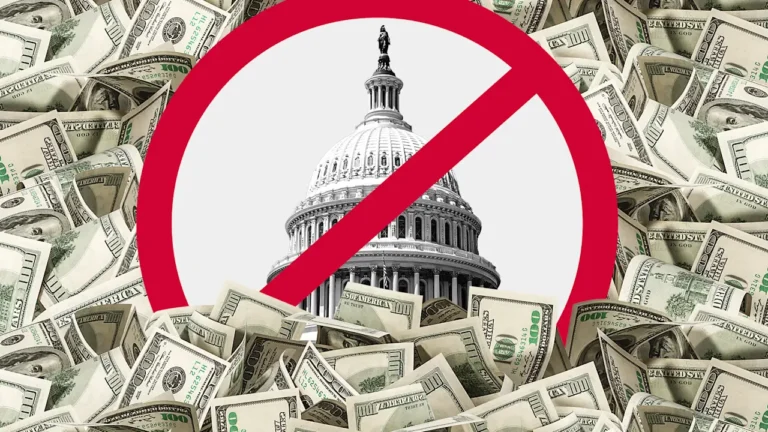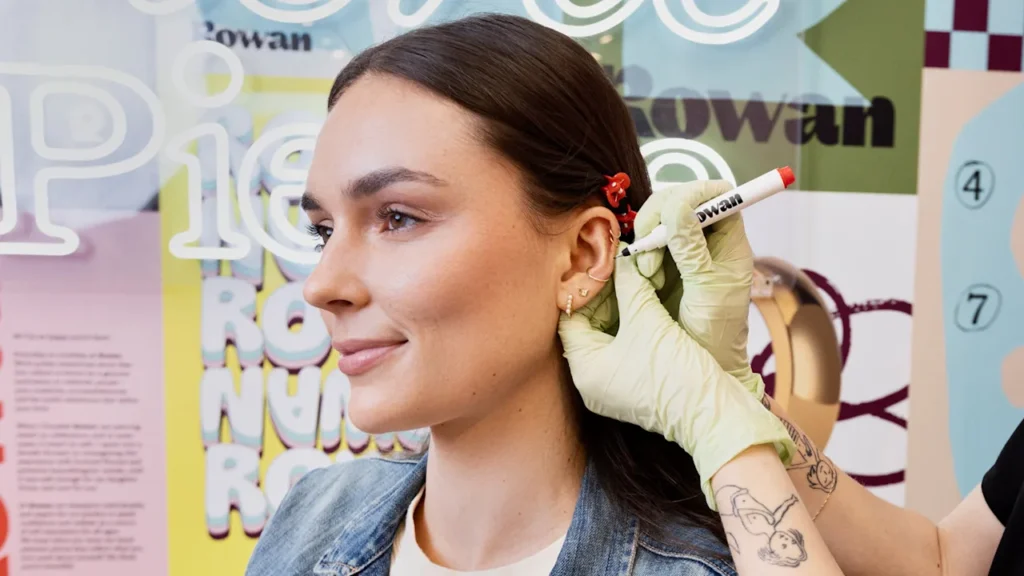
There’s an ear-piercing war brewing at the mall. Claire’s, the biggest player in the market, has hit hard times, leaving room for upstarts to impinge on its territory.
For 60 years, Claire’s has billed itself as a place for kids and teens to get their first piercings. The company says it has pierced more than 100 million ears since 1978. But after declaring bankruptcy in August (its second bankruptcy in seven years), Claire’s was acquired by the holding company Ames Watson for $140 million. These new owners have plans to turn the business around, including drastically shrinking its retail footprint which had ballooned to more than 1,000 stores.
It recently announced it is shuttering upwards of 290 locations across the country. And Rowan, an ear-piercing startup, has told Fast Company that it is planning to start taking over some of these locations starting with a store in New Hampshire and outside of Boston.
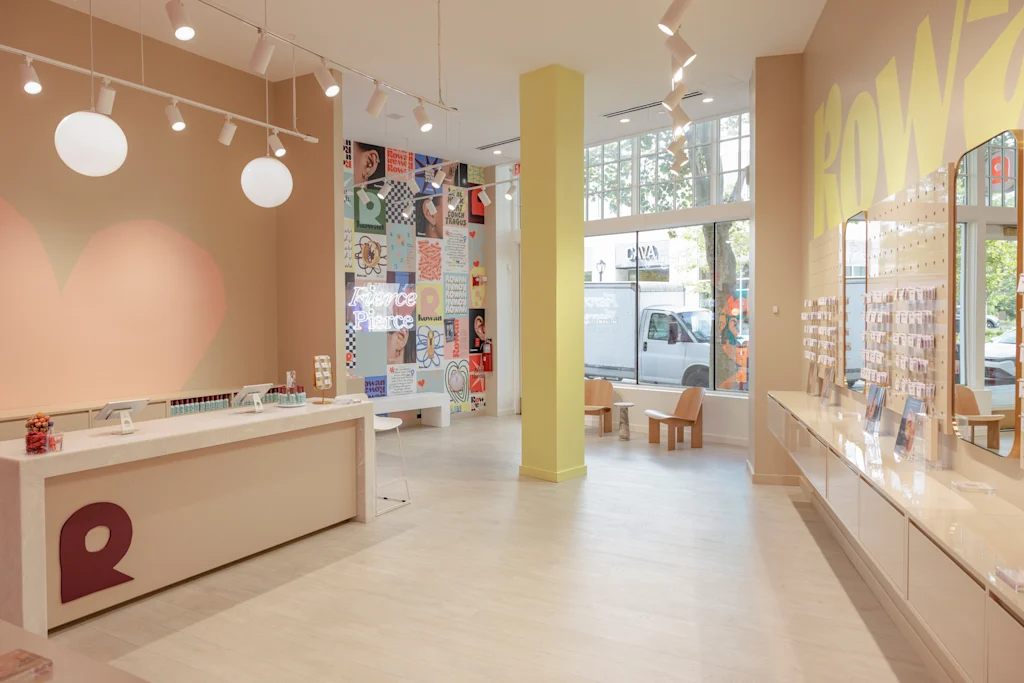
Building a piercing empire
Claire’s continues to be a large player in the ear-piercing world. Last year it generated upwards of $2 billion in revenue, but it has also accumulated $500 million in debt from a leveraged buyout. It has struggled to pay off this debt because its profits have declined due to slowing foot traffic at mall and increased tariffs.
But more broadly, while many millennials still remember Claire’s fondly from their own teenage years, the retailer has not evolved to meet the needs of today’s consumers. The stores feel like a warehouse, crammed with cheap trinkets. The ear-piercing experience doesn’t feel particularly luxurious, as retail staff perform the procedure while also manning the checkout.
As Claire’s has declined, many other alternatives have popped up, including Louvisa, a Claire’s-like brand from Australia; Studs, a startup focused on older teens and adults; and Banter, a piercing-focused brand owned by the jewelry giant Signet.
Rowan, which was founded in 2017, is trying to unseat Claire’s as the go-to destination for a person’s first piercing. Louisa Schneider, Rowan’s founder and CEO, has worked hard to create an in-store experience that is clean and comfortable, particularly for children and their parents. It’s unique in the market for employing licensed nurses to perform the piercing, and it is able to pierce the ears of babies, which is an important rite of passage in many cultures.
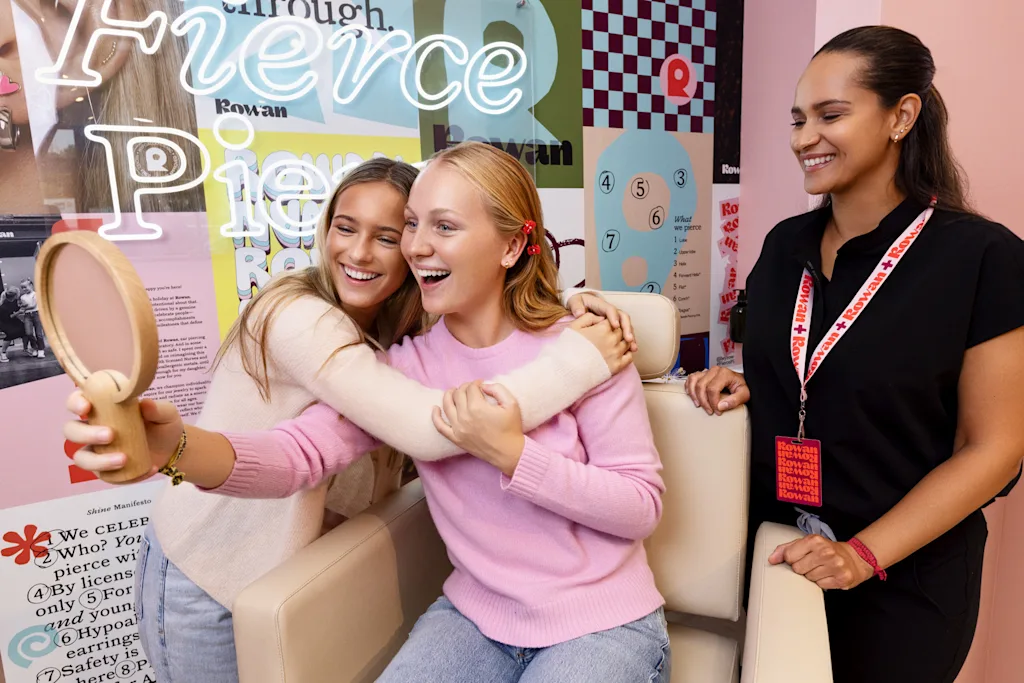
The startup, which generated $70 million in revenue last year, sees an opportunity in Claire’s downfall. It raised a $20 million series B in 2021, bringing its total funding to $25 million, and is working to expand its retail footprint. Now, it is quietly moving into many of Claire’s former locations. By the end of the year, Rowan expects to operate more than 100 ear-piercing studios and employ more than 800 people, more than half of which will be nurses.
A better experience
While Rowan and Claire’s overlap in some ways, the two businesses are also quite different. Claire’s is a retailer that specializes in selling cheap jewelry and knickknacks that are particularly appealing to the tween set. Ear-piercing is not its primary business, but for decades, the service has been a way to get customers through the door. Many millennials, who fondly remember getting their ears pierced at Claire’s, now bring their own kids to get their ears pierced for the first time.
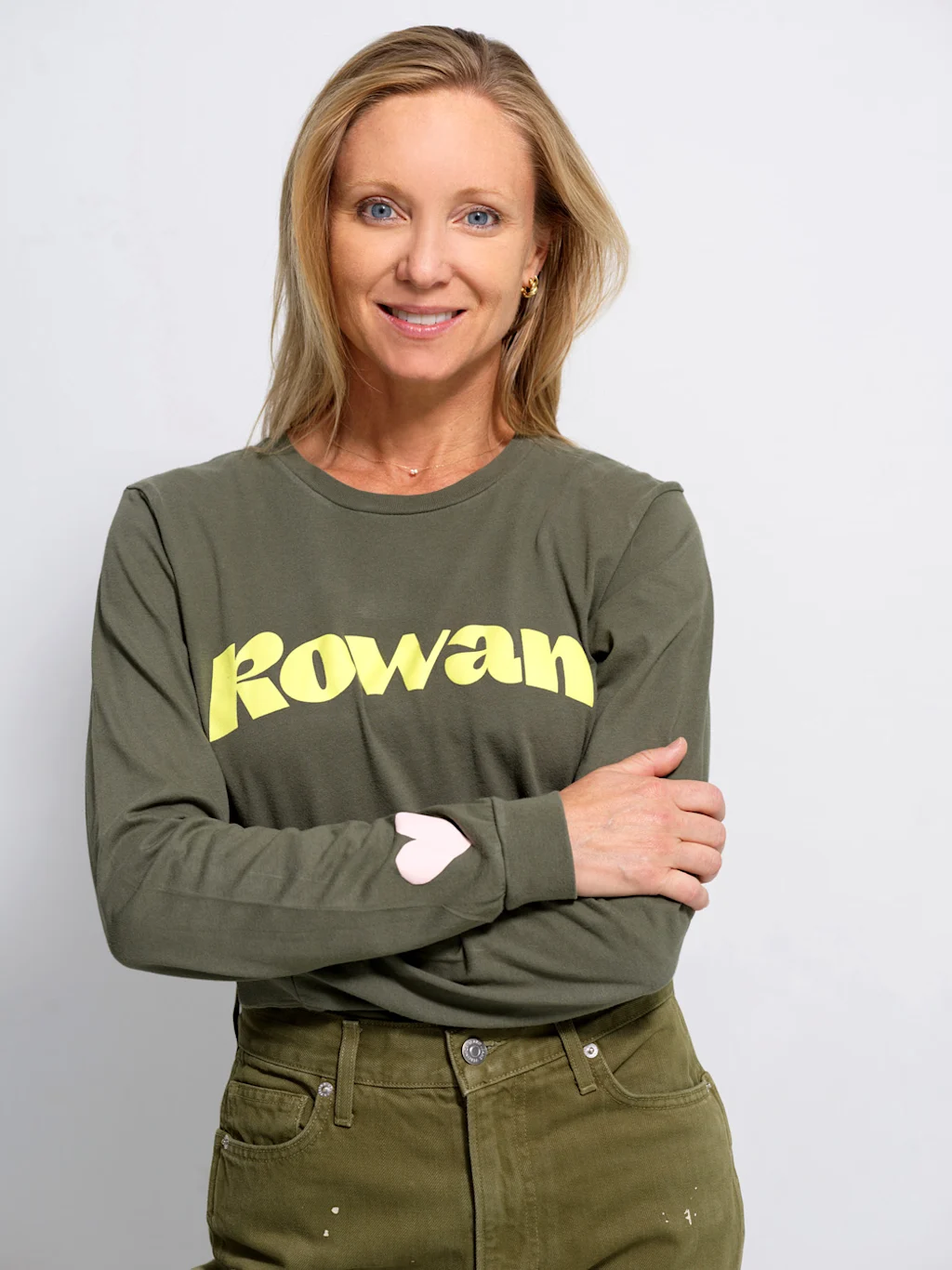
In contrast, Rowan’s entire business is focused on ear-piercing, which is the main source of the brand’s revenue. Schneider launched the business because she found a lot to be desired in the traditional mall ear-piercing experience. “When it came to my own daughter, I wanted the piercing to be the most important function of the person performing it, rather than an afterthought,” says Schneider. “But in many stores, overworked retail staff were being asked to perform a piercing, which is really a medical procedure. And they’re oftentimes dealing with a very young person.”
At Rowan, Schneider has hired a team of licensed nurses who perform the piercings with either a needle or a device. It has small format stores that serve as piercing studios, with comfortable chairs where the procedure happens.
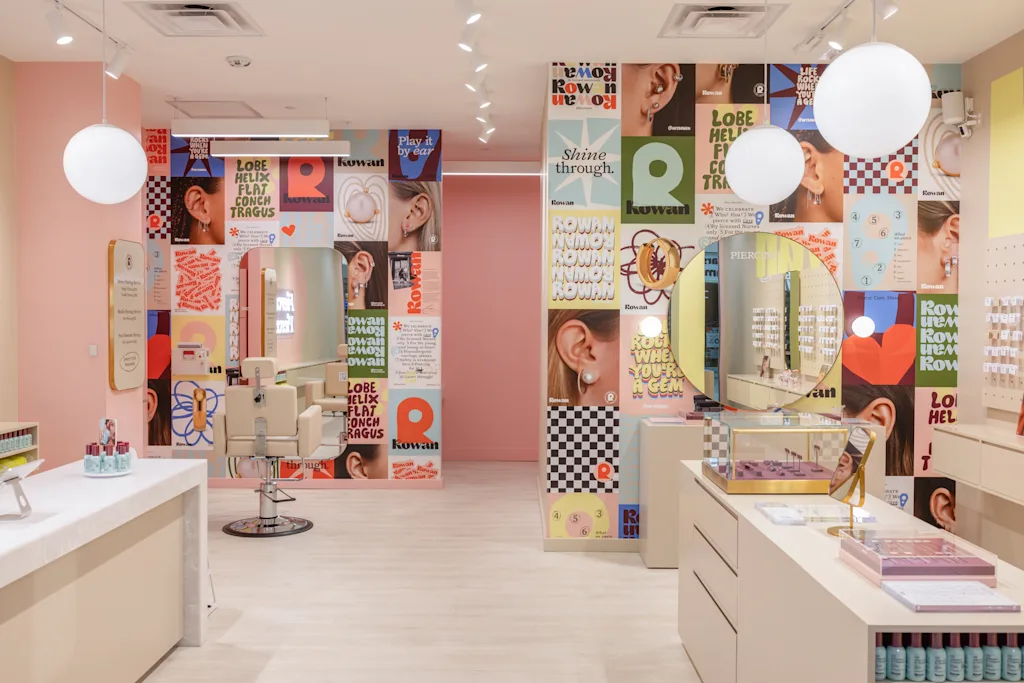
The company also sells a wide range of earrings, most of which have a higher price point than those sold by Claire’s. Rowan spends a lot of time making sure that its products are hypoallergenic, to prevent irritation on newly pierced ears. Rowan also has an high-end line of 14k gold earrings, some of which are embedded with diamonds. But the majority of its revenue comes from the piercing service, which costs $35 for one ear and $50 for two ears, plus the cost of the jewelry.
“We test all of our earrings to ensure they contain minimal nickel, brass, and other metals that are allergy inducing,” says Schneider. “We’re not a fashion jewelry store. Our focus is entirely on protecting newly pierced ears.”
A growing market
Until recently, piercing tended to be a service tacked on to jewelry stores, but over the past decade, it’s become clear that there is a market for ear-piercing as a stand-alone service. Studs, another startup, has also built a business around ear-piercing, but it only performs the service on people who are 13 and older. Rowan, on the other hand, tends to attract younger clients.
“To have multiple piercings is now very common, even compared to 10 years ago,” says Schneider. “We’re seeing the demand for safe piercings go up.”
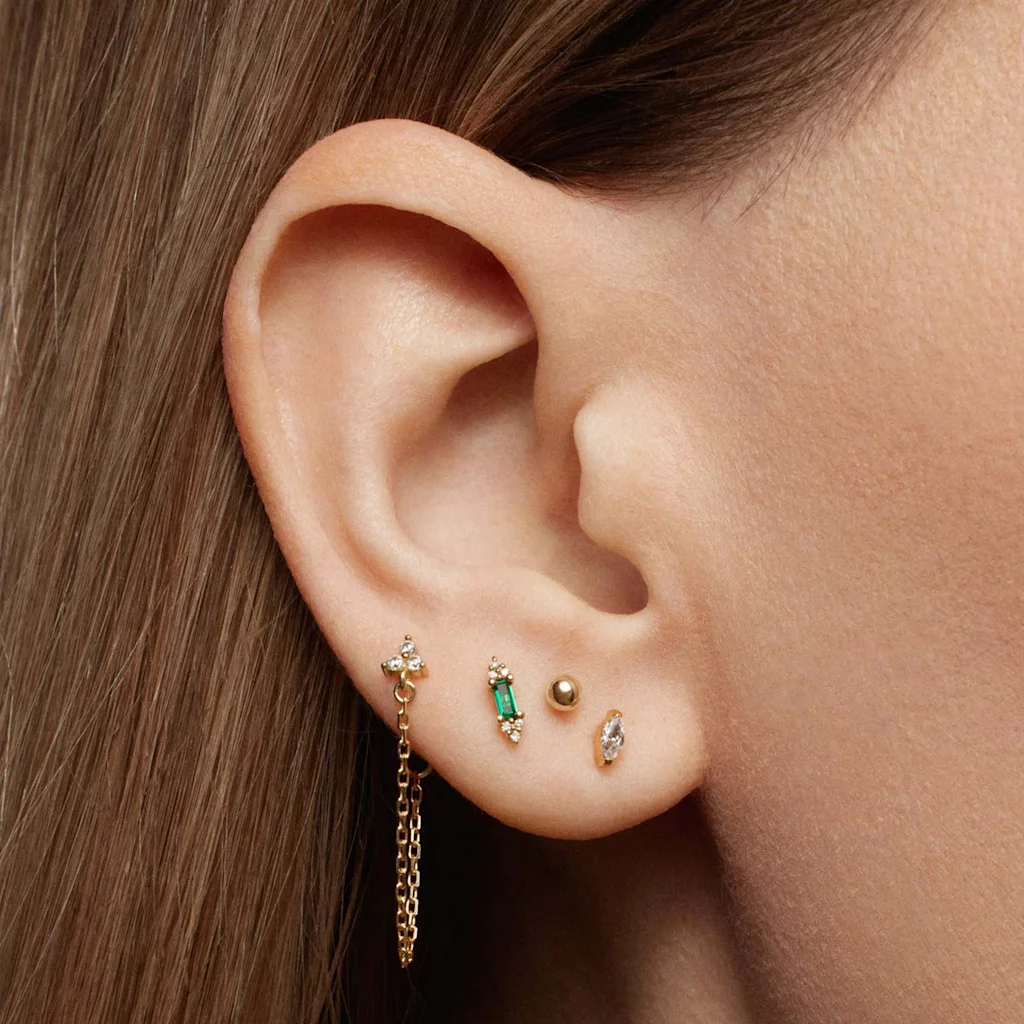
Rowan is expanding its store footprint rapidly. Unlike some of its competitors, it’s a service that must happen in person, so it is imperative for the company to have brick-and-mortar stores. Schneider says that it has been able to take over many former Claire’s locations. While Claire’s has stores of many sizes, and in many locations, Schneider is rather selective with Rowan’s locations. It seeks out small-format stores, and also locations in the more premium parts of the mall, close to high-end brands.
“Many Claire’s locations are near food courts,” Schneider says. “You’ll usually find Rowan close to the Apple store or Lululemon.”
But while Rowan aspires to impinge on Claire’s territory, it is still much smaller than Claire’s. It generated $70 million last year, which is a small fraction of Claire’s $2 billion. But Claire’s has an uphill battle ahead to become profitable. It’s new owners have said that while the Claire’s brand is strong, it’s business model is “broken” and needs to be reimagined.
Meanwhile, Schneider wants to stay laser focused on catering to the needs of its customers. “There are so many products you can get online now, but the reason you go to a store is because of the customer service,” she says. “That’s where we want to stand out.”
